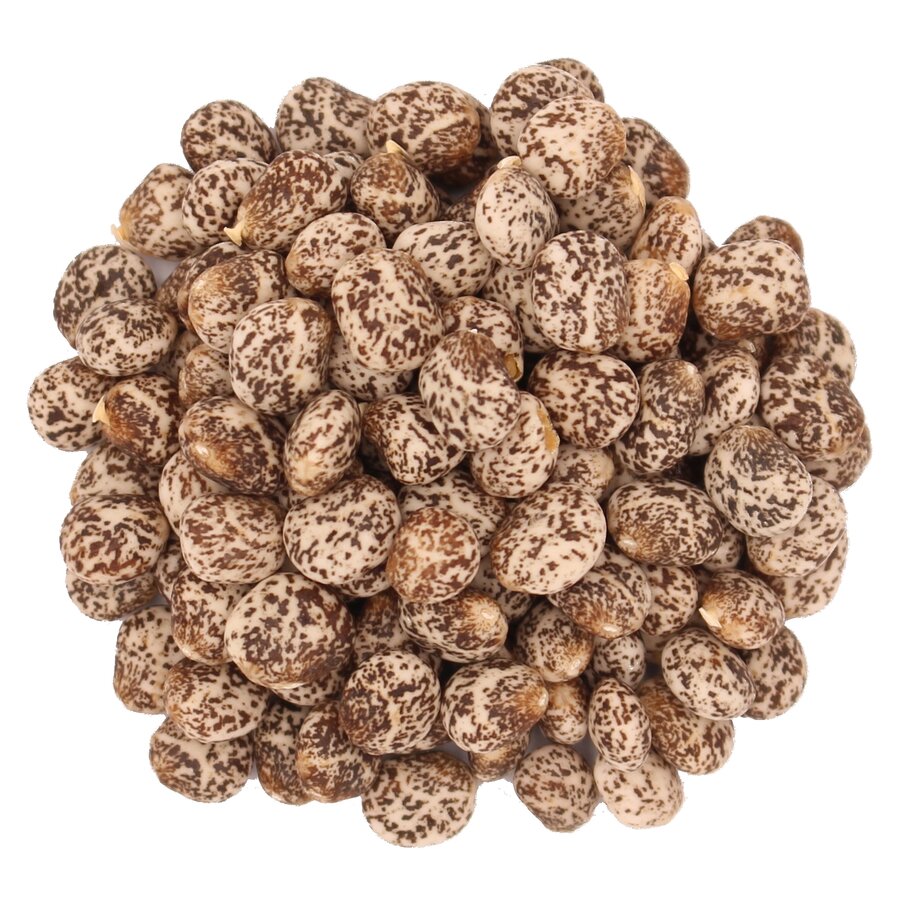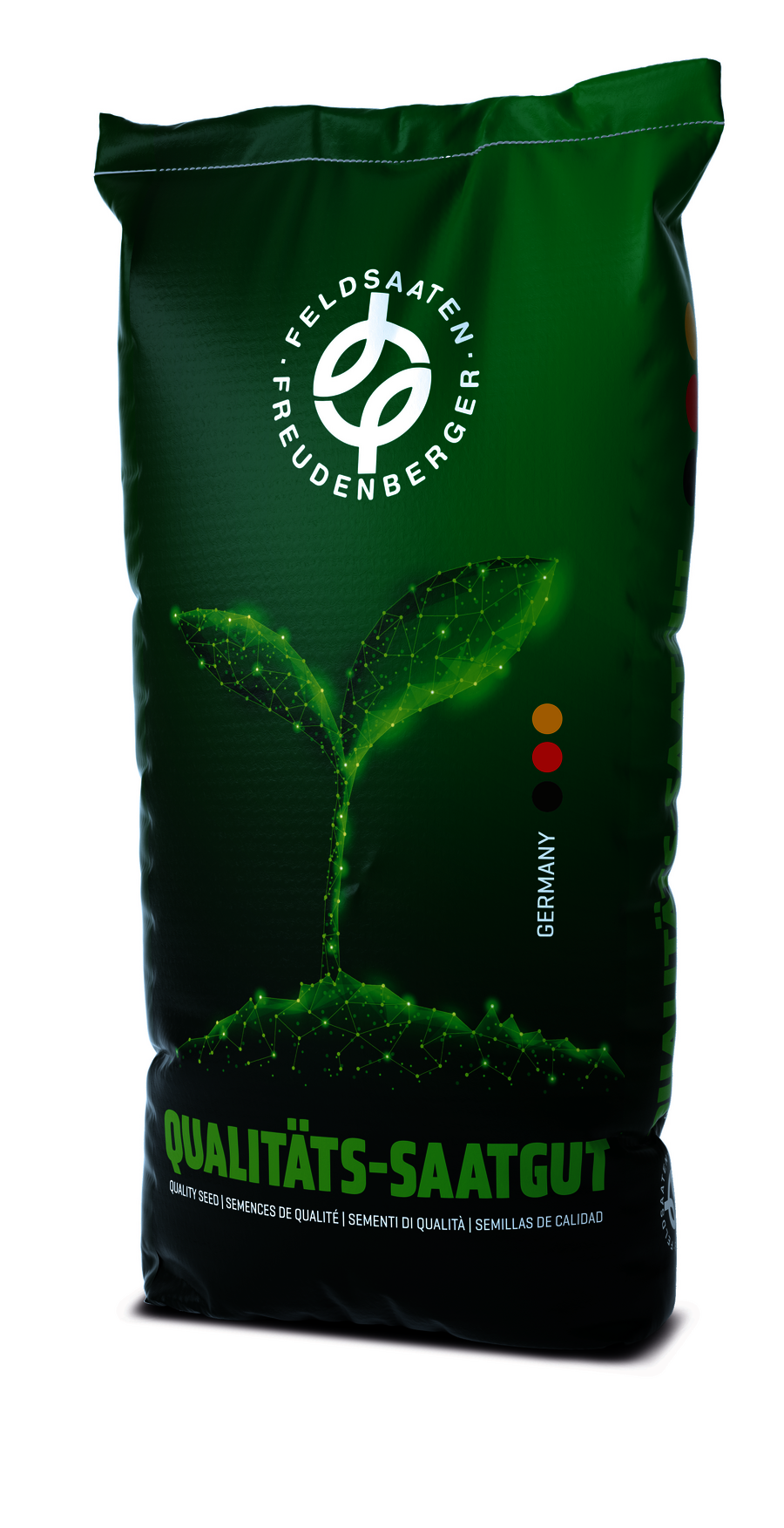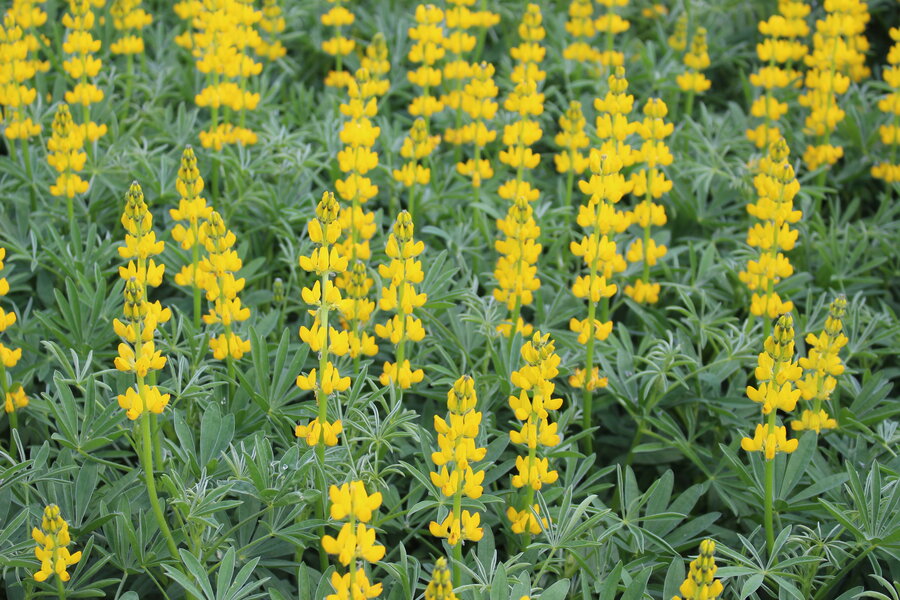Yellow lupin
Lupinus luteus
Yellow sweet lupins are cultivated as main crop for the production of high-quality, protein-rich animal feed. As a legume, yellow lupins bind atmospheric nitrogen and convert it into a form that can be used by plants. Compared to blue and white lupins, yellow lupins have the lowest soil requirements. They thrive particularly well on nutrient-poor, air-permeable sandy soils, especially since they cope well with drought and soil pH values of up to 6.0. The growing period lasts 130 to 150 days. Like all coarse-grained grain legumes, yellow sweet lupins are self-incompatible. A cultivation interval of 4 to 5 years should be maintained. When yellow lupins are cultivated as the main crop, the catch crops should not contain peas, beans or vetches and no other lupins, vetches and peas should be planted throughout the crop rotation. When sowing on areas where no lupins have been cultivated for around 10 years, we recommend using our rhizobia inoculant RhizoFix® RF-40, which is specially formulated for lupins.
Bundle: 25 kg
Category: Grasses and legumes




